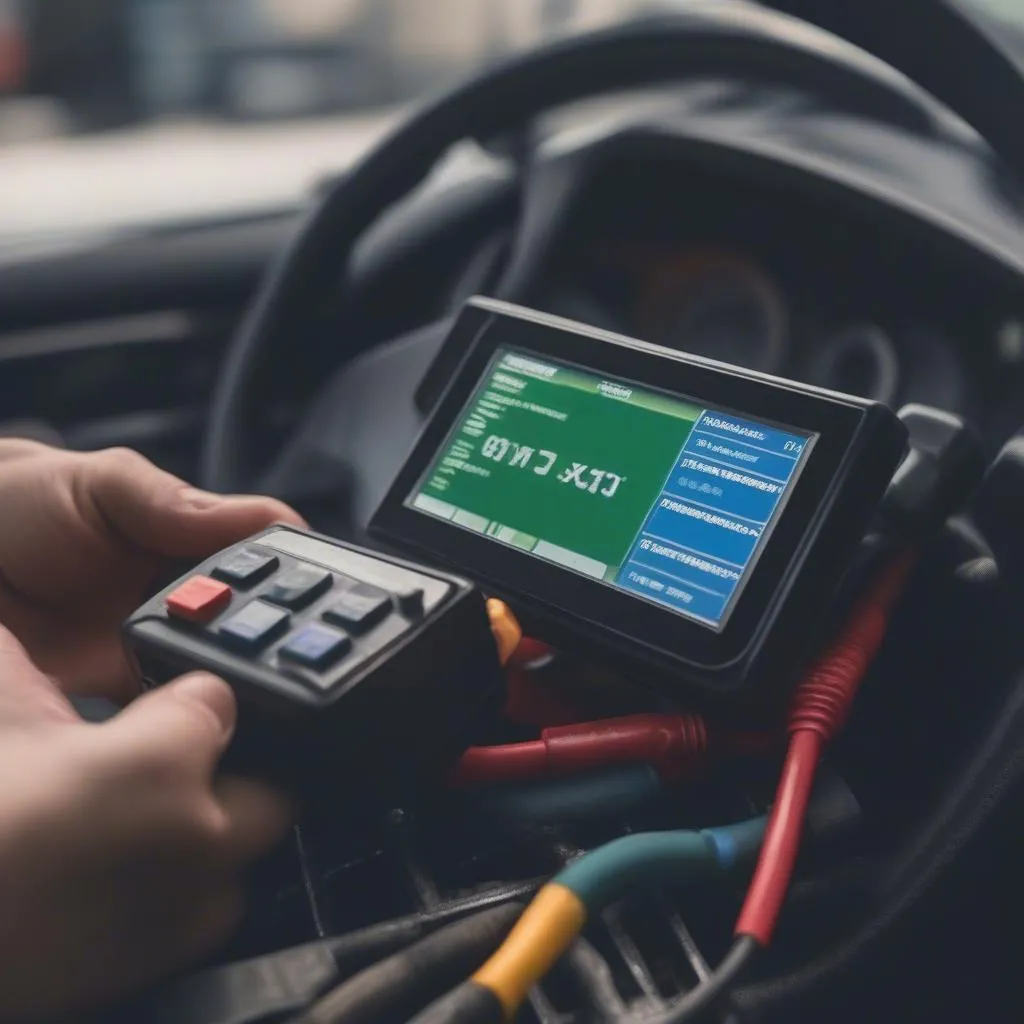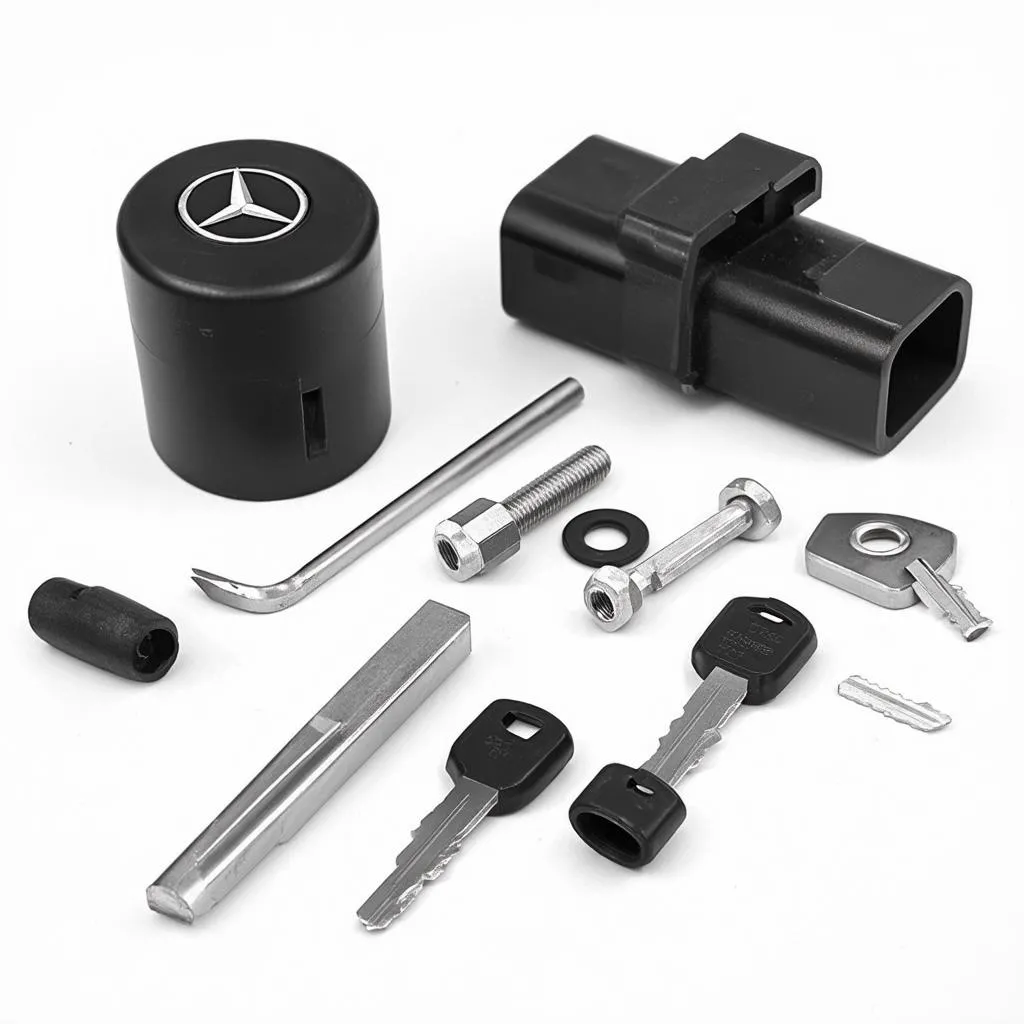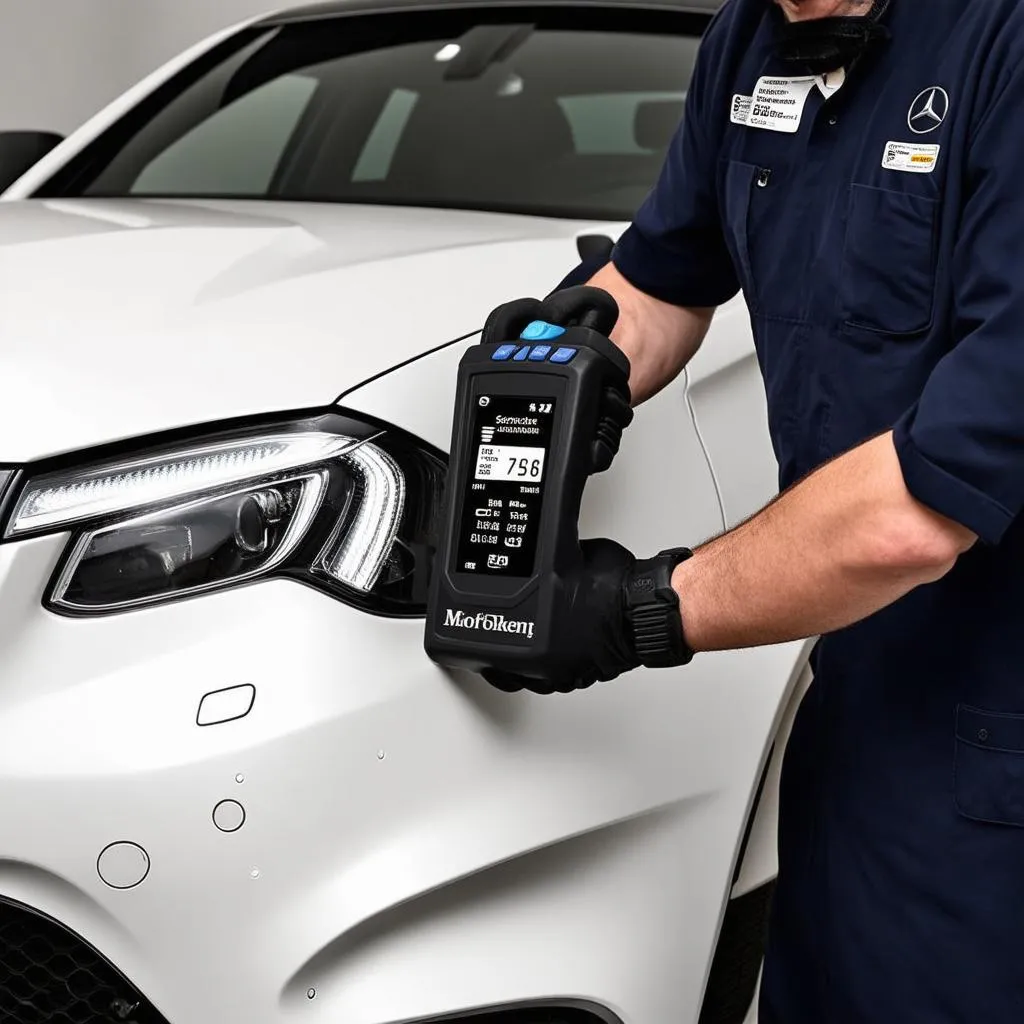The phrase “Mercedes Carrera fix my computer or I’ll suck you” seems like an odd mix of frustration, desperation, and a strange threat. It’s unlikely someone’s offering car-related favors for computer help, and even more improbable that a Mercedes Carrera could fix your tech. This phrase highlights a common situation: feeling lost and frustrated when your car (or computer) acts up.
Instead of resorting to outlandish deals, let’s focus on empowering you with knowledge. This article delves into common car problems, how to diagnose them, and potential solutions. Think of it as a toolbox for understanding and tackling those “My car is acting weird!” moments.
Understanding the Warning Signs: Is Your Car Trying to Tell You Something?
Cars, much like computers, use various systems to function correctly. When something goes wrong, your car will often give you warning signs. Ignoring these signs can lead to more severe (and expensive) problems down the line.
Here are some common indicators that something might be amiss:
- Dashboard Warning Lights: The check engine light is notorious, but other lights like the ABS or oil pressure warning shouldn’t be ignored.
- Strange Noises: Unusual clunking, screeching, or grinding sounds often indicate problems with your brakes, suspension, or engine.
- Fluid Leaks: Unexplained puddles under your car, especially if colored (like green or pink), could mean a fluid leak requiring attention.
- Performance Issues: Changes in acceleration, unusual vibrations, or a decrease in fuel efficiency can all point to underlying issues.
Decoding the Language of Your Car:
“My car was making a weird noise, then the engine light came on!” Sound familiar? Identifying the specific problem is crucial for effective troubleshooting.
- “Dr. Google” is not your mechanic: While online resources can be helpful, self-diagnosing based solely on internet searches can be misleading.
- Consult the Owner’s Manual: Your car’s manual is a goldmine of information specific to your model, including explanations of warning lights and basic troubleshooting tips.
- Modern Cars, Modern Solutions: Many newer vehicles have built-in diagnostic systems. These can provide more specific error codes, giving you a clearer picture of the problem.
Equipping Yourself for Automotive Success:
While a full mechanic’s toolkit isn’t necessary for basic troubleshooting, here are a few items that can come in handy:
- OBD-II Scanner: This handy device plugs into your car’s diagnostic port and can read error codes, giving you a starting point for diagnosing problems.
- Basic Hand Tools: A set of screwdrivers, pliers, and wrenches can be invaluable for simple tasks like changing a battery or tightening loose connections.
- Multimeter: A multimeter allows you to test electrical components like your battery and alternator to ensure they’re functioning correctly.
Cardiagtech: Your Partner in Automotive Diagnostics:
For more advanced diagnostics and troubleshooting, consider professional-grade tools like those offered by CARDIAGTECH. Their range of diagnostic equipment caters to both DIY enthusiasts and professional mechanics.
 Car Diagnostic Tool
Car Diagnostic Tool
Taking Charge: Basic Troubleshooting Steps
While some problems require professional attention, many can be addressed with some basic knowledge:
- Start with the Obvious: Check your battery connections, fuses, and fluid levels (oil, coolant, brake fluid) before assuming the worst.
- Consult Your Resources: Refer to your owner’s manual for model-specific troubleshooting guidance.
- Use an OBD-II Scanner: Read any error codes stored in your car’s computer. These codes can point you in the right direction.
- Research Error Codes: Use a reputable online database to understand what the error codes mean and potential causes.
Remember, safety first! If you’re unsure about a repair or the problem seems complex, it’s always best to consult a qualified mechanic.
FAQs: Your Car Questions, Answered
Q: My check engine light is on. What does it mean?
A: The check engine light is a general warning. It could be something minor like a loose gas cap or a more serious engine issue. An OBD-II scanner can help pinpoint the problem.
Q: How often should I change my car’s oil?
A: Consult your owner’s manual for recommended oil change intervals. Generally, every 3,000-5,000 miles for conventional oil or 7,500-10,000 miles for synthetic oil is a good rule of thumb.
Q: Can I use any OBD-II scanner on my car?
A: Most OBD-II scanners work with a wide range of vehicles, but some high-end scanners offer more advanced features specific to certain makes and models.
 Mechanic Working on Car
Mechanic Working on Car
Don’t Panic, Diagnose!
Experiencing car problems can be frustrating, but remember, knowledge is power. By understanding your car’s warning signs and equipping yourself with the right tools and information, you can tackle many common issues with confidence. And if a problem does require professional help, you’ll be better equipped to understand the issue and discuss solutions with your mechanic.


